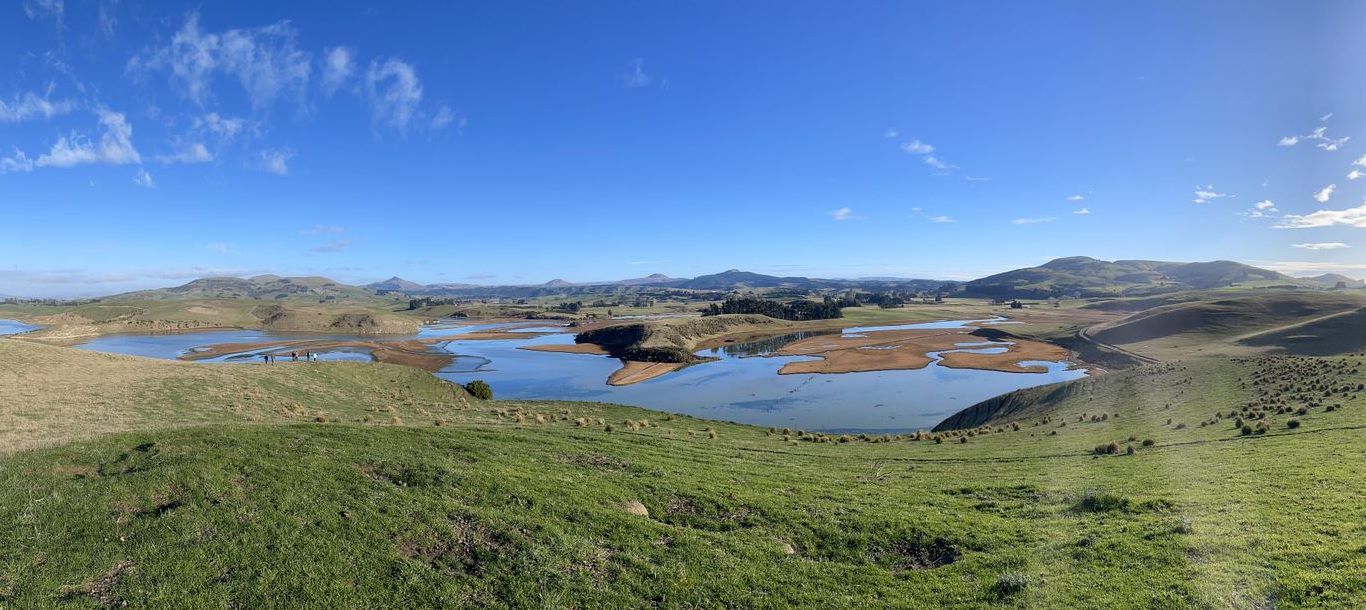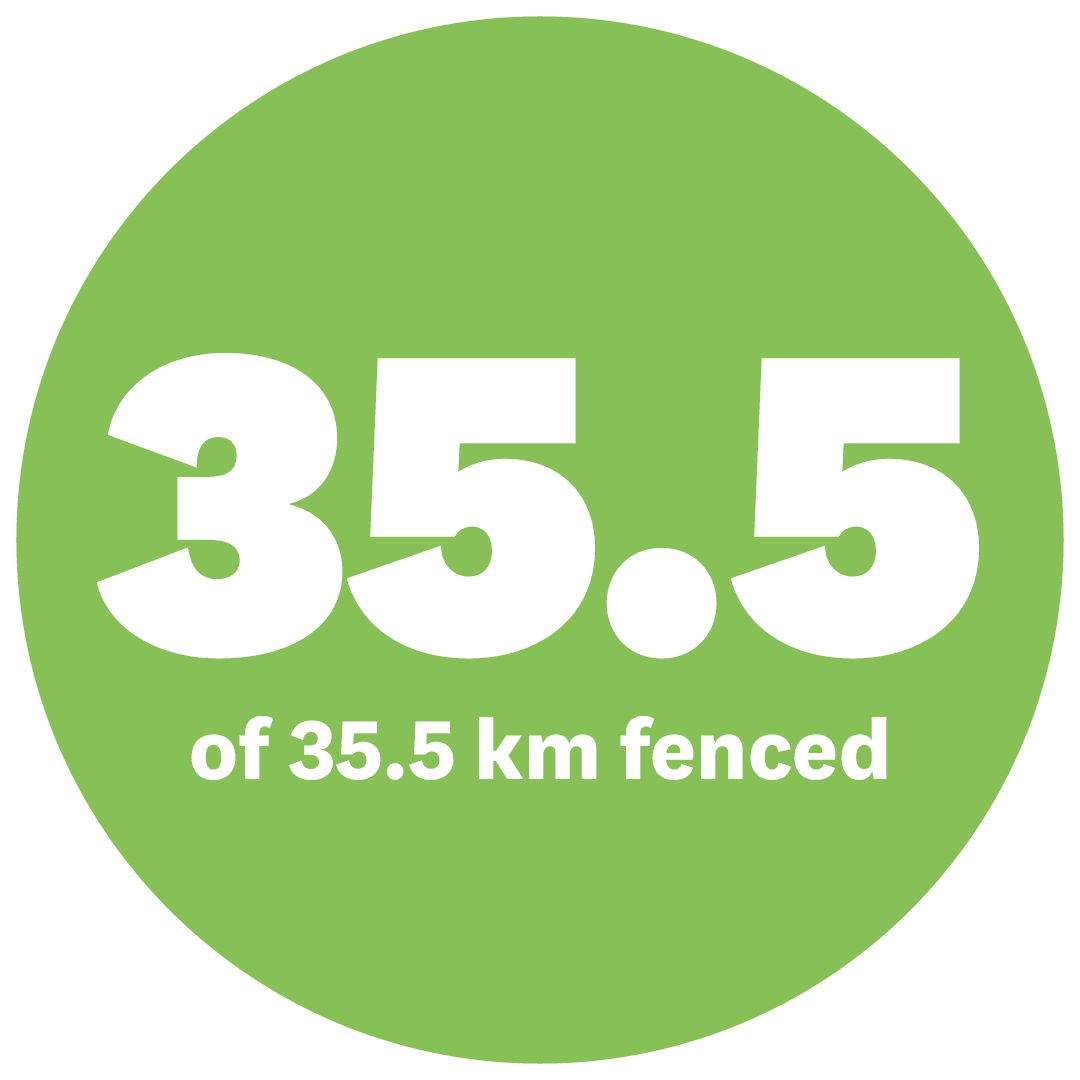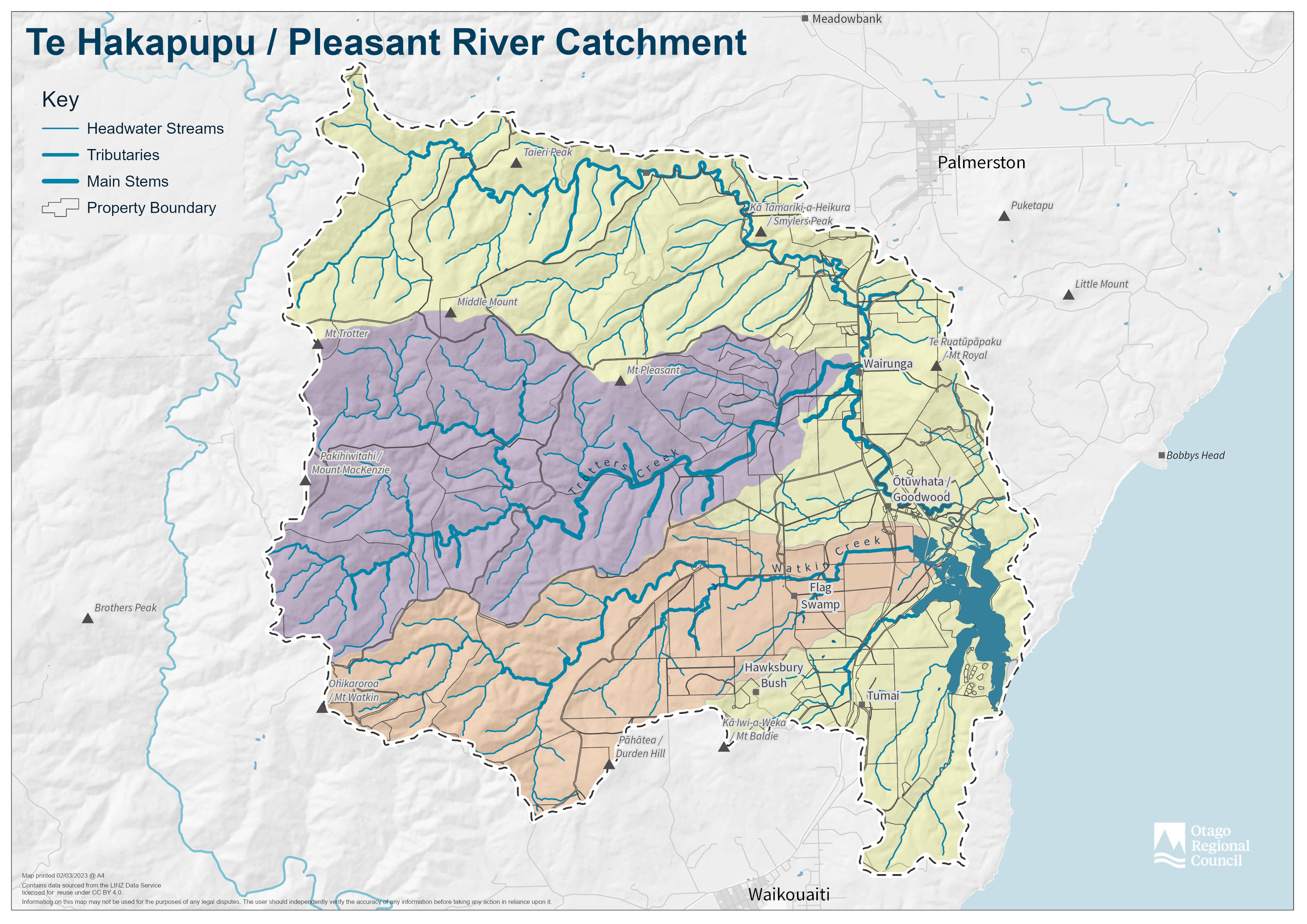-
-
-
-
-
Toitū Te Hakapupu: The Pleasant River Catchment Restoration Project
-
-
-
Otago Regional Council is partnering with Kāti Huirapa Rūnaka ki Puketeraki to restore and enhance the mauri and health of this important East Otago river system. For Kāi Tahu, the river was an important kāika mahika kai (food gathering settlement) where tuna (eels), pātiki (flounders) and īnaka (whitebait) were abundant. Today’s diverse community, whose own history, connection, and livelihood are tied to this catchment, are important collaborators in the success of this project.
Together, there is a journey to create a catchment restoration action plan to inspire us to sustain the awa. The plan aims to enhance the wider ecosystem, improve water quality by reducing the amount of sediment and nutrient input to the rivers and estuary, and use the best of Kāi Tahu mātauraka (knowledge) and modern science to sustain our efforts.

A further 25,000 plants proposed to be planted before the end of the project 30 June this year. These natives stabilise riverbanks and act as filters to trap water contaminants such as chemicals, nutrients, sediment, and bacteria before they enter the waterway.

3.5 km is currently in progress, with an additional 3 km proposed for completion by the end of the project. This fencing will help keep stock out of waterways and wetlands, reducing the amount of contaminants that enter the river.

More work will be done in the coming months to replace three culverts in the lower catchment to improve fish passage to the upper catchment.


Sediment traps will be monitored and emptied out if necessary. The amount of sediment collected will be estimated. These sediment traps have associated planting on the surrounding slopes to stabilise them over time. Native plants have also been established around and between the traps to capture more sediment and create native habitat.


Toitū Te Hakapupu Pleasant River catchment action plan
Help develop a catchment action plan for the Toitū Te Hakapupu Pleasant River catchment. Feedback opened in May 2023, and will remain until the catchment restoration action plan has been finalised (around mid 2025)

Events in the community
Community meetings, planting days, community monitoring and other events.
The catchment restoration action plan will be a living document with long-term goals. Some of the work we have planned to gather information to support decision-making is:
- Establishing environmental baselines and developing a water quality monitoring framework that could be supported through community science
- Identifying sites where the most sediment and/or nutrients are getting into the river and working with landowners to find ways to reduce the effects on water quality. One of the ways to reduce sediment and nutrient movement is to fence off stream edges and plant native trees to stabilise banks
- Identifying barriers to fish movement and making sure they protect our native fish species
- Working with landowners to develop sediment management plans to help reduce sediment and nutrient input into the water
Some work throughout the project will require the services of ORC experts, and some, the hardworking members of the community, including collaborating with the East Otago Catchment Group and local landowners.
Some of the contracts we have in place to complete the project work:
- Plants are being grown and supplied by Kāti Huirapa Rūnaka ki Puketeraki’s community nursery and Ribbonwood Nurseries
- Aukaha have a team who will carry out the planting
- We have five fencing contractors on a panel who will complete fencing works for the project
- Ahikā Consulting are leading the technical work to assess water quality and support the rūnaka and community in setting visions and goals for their catchment

This four-year work programme will focus on improvements to water quality, safe fish passage, and a catchment restoration action plan co-developed with the rūnaka that the community will adopt as its own, but it will also look to better protect biodiversity and natural water resources in the area.
Working side by side with local rūnaka, we want to find appropriate ways to collaborate with community and industry in the catchment identifying work needing to be done while reflecting community aspirations.
This may include:
- Hearing the stories of those who identify strongly with the area, the estuary, or the river
- Creating and attending events to help build a community vision for this project
- Providing and listening to information
Over the next year, we will also gather baseline data on the catchment to better understand sediment and nutrient movement, fish habitat and water quality issues. This will help guide activities to improve water quality.

There are many ways you can protect precious waterways.
Planting, controlling pests and weeds or creating habitat will enhance biodiversity and attract more native animals (birds, lizards, and invertebrates) to your area, improving their chances of survival.
- Take care when applying fertilisers and pesticides
- Plant trees on hills and near streams to reduce land run-off
- Manage stock more efficiently by fencing off streams and waterways to reduce direct water contamination
- Avoid overusing water in dry seasons
- Retire marginal land or change land uses (e.g., pasture to forest)
- Careful planning of subdivisions and urban growth for minimal impact on neighbouring waterways
- Continued removal and control of pests and invasive species including weeds and pest plants
- A plant maintenance guide for landowners and others involved in the project can be found here
Otago Regional Council
Melanie White
Email melanie.white@orc.govt.nz
Soraya Engelken
Email soraya.engelken@orc.govt.nz
Kāti Huirapa Rūnaka ki Puketeraki
Katharina Ruckstuhl
Email katharina.ruckstuhl@otago.ac.nz
East Otago Catchment Group
Steph Scott
Email eocatchmentgroup@gmail.com

Toitū Te Hakapupu newsletter
Sign up to the Toitū Te Hakapupu newsletter for updates on the project and read previous updates.

Nature-based solutions study
Wai i te reporepo, wai i te wao: what nature tells us about how to understand and prepare for flooding. This Nature-based solutions study will model nature-based methods to find out how they may lessen the effects of flooding and enhance biodiversity. The results will benefit the entire region.

Science and monitoring
Learn about water quality monitoring, erosion and sediment studies, planting trials and more in Te Hakapupu

Project timeline
Project timeline for Toitū Te Hakapupu: The Pleasant River Catchment Restoration Project.

Project funding
Funding information around the Toitū Te Hakapupu project and further sources of funding for community-led projects in the area.


